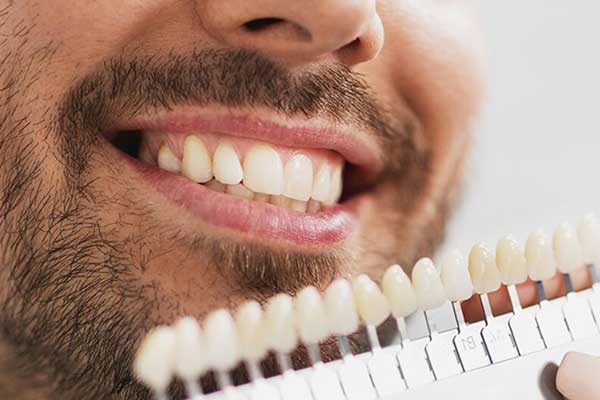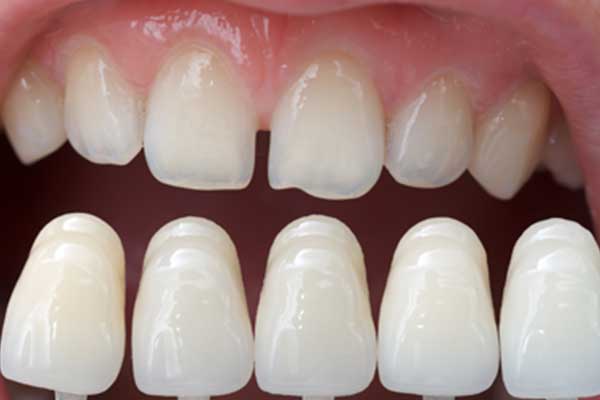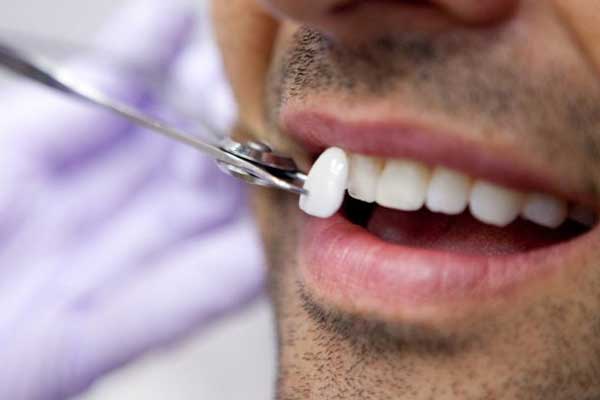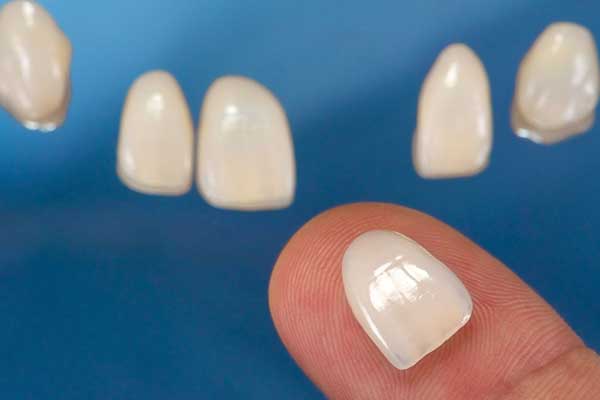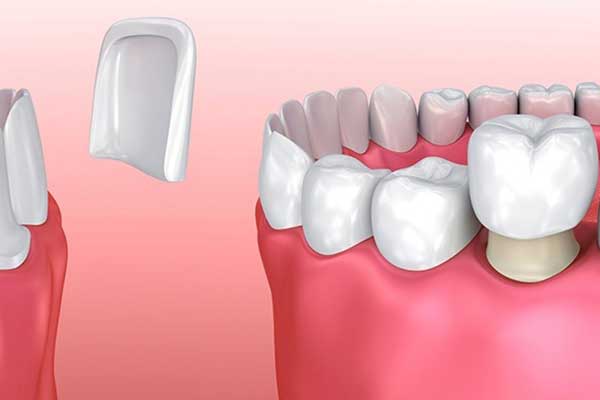Shaving Teeth Veneers: An Expert Guide to the Procedure
Are you considering improving your smile with teeth veneers? Shaving teeth veneers is a popular cosmetic dental procedure that can enhance the appearance of your teeth and give you a confident, radiant smile.
In this article, we will provide you with a comprehensive guide to shaving teeth veneers, explaining what they are, how the procedure works, the benefits and considerations, and more. Let’s dive in!
Table of Contents
- Introduction
- What Are Teeth Veneers?
- Types of Teeth Veneers
- The Shaving Teeth Veneers Procedure
- Benefits of Shaving Teeth Veneers
- Considerations Before Getting Teeth Veneers
- How to Care for Shaved Teeth Veneers
- Frequently Asked Questions (FAQs)
- Conclusion
- Get Access Now
Introduction shaving teeth veneers
Your smile plays a significant role in your overall appearance and self-confidence. Teeth veneers are a popular cosmetic dentistry solution that can address various dental imperfections, such as discoloration, misalignment, gaps, and worn-down teeth. Shaving teeth veneers, also known as prepless veneers, is a technique used to prepare your teeth for the placement of veneers.
What Are Teeth Veneers?
Teeth veneers are thin, custom-made shells that are bonded to the front surface of your teeth to improve their appearance. They are usually made from porcelain or composite resin and can be designed to match the color, shape, and size of your natural teeth.
Types of Teeth Veneers
There are two primary types of teeth veneers: porcelain veneers and composite veneers. Porcelain veneers are known for their durability, stain resistance, and natural-looking appearance. On the other hand, composite veneers are more affordable and can be applied directly to your teeth without the need for extensive preparation.
The Shaving Teeth Veneers Procedure
The shaving teeth veneers procedure typically involves the following steps:
- Consultation: You will have an initial consultation with your dentist to discuss your goals, examine your teeth, and determine if you are a suitable candidate for teeth veneers.
- Treatment Planning: Your dentist will create a personalized treatment plan, considering factors such as the desired outcome, tooth color, and shape.
- Teeth Preparation: In the case of shaving teeth veneers, your dentist will remove a minimal amount of enamel from the front surface of your teeth to create space for the veneers. This step is essential to ensure a natural-looking result.
- Impression: Your dentist will take impressions of your prepared teeth, which will be sent to a dental laboratory to fabricate your custom veneers.
- Temporary Veneers: While your permanent veneers are being created, your dentist may place temporary veneers to protect your teeth.
- Bonding: Once your veneers are ready, your dentist will remove the temporary veneers and bond the permanent ones to your teeth using a dental adhesive. They will ensure proper fit, color, and alignment before finalizing the bonding process.
- Final Adjustments: Your dentist may make minor adjustments to your veneers to achieve the desired fit and appearance.
- Follow-Up: After the procedure, your dentist will schedule follow-up appointments to check the condition of your veneers and address any concerns or questions you may have.
Benefits of Shaving Teeth Veneers
Shaving teeth veneers offer several advantages:
- Enhanced Smile: Veneers can significantly improve the appearance of your teeth, covering imperfections and creating a beautiful, symmetrical smile.
- Natural-Looking Results: With modern advancements in dental technology, veneers can be customized to match the color, shape, and size of your natural teeth, resulting in a seamless and natural-looking smile.
- Durability: Porcelain veneers, in particular, are highly durable and can withstand daily wear and tear, providing long-lasting results.
- Stain Resistance: Porcelain veneers are resistant to stains and discoloration, allowing you to maintain a bright and vibrant smile.
- Minimally Invasive: Shaving teeth veneers require minimal enamel removal compared to traditional veneers, making them a more conservative option.
Considerations Before Getting Teeth Veneers
Before deciding on teeth veneers, there are a few important considerations to keep in mind:
- Irreversibility: The process of shaving teeth and placing veneers is irreversible, as a small portion of your enamel is removed. Therefore, it is crucial to discuss the long-term implications and alternatives with your dentist.
- Oral Health: Good oral hygiene is essential for the longevity of your veneers. Maintaining a regular brushing and flossing routine, as well as visiting your dentist for check-ups, is crucial.
- Bite and Alignment Issues: If you have severe bite problems or misaligned teeth, veneers may not be the most suitable solution. In such cases, orthodontic treatments or other dental procedures may be recommended.
How to Care for Shaved Teeth Veneers
To ensure the longevity and appearance of your shaved teeth veneers, follow these care tips:
- Maintain Good Oral Hygiene: Brush your teeth at least twice a day with a soft-bristled toothbrush and use dental floss or interdental brushes to clean between your teeth and around the veneers.
- Avoid Stain-Causing Substances: Minimize your consumption of coffee, tea, red wine, and other foods and beverages that can stain your teeth.
- Protect Your Teeth: If you engage in contact sports or grind your teeth at night, consider wearing a mouthguard to protect your veneers from damage.
- Regular Dental Check-Ups: Visit your dentist regularly for check-ups and professional cleanings to ensure the optimal condition of your veneers.
Frequently Asked Questions (shaving teeth veneers)
- Q: How long do shaved teeth veneers last? A: Shaved teeth veneers can last for an average of 10-15 years with proper care.
- Q: Are shaved teeth veneers reversible? A: No, the process of shaving teeth and placing veneers is irreversible. It is important to discuss the procedure’s permanence with your dentist.
- Q: Can I eat normally with shaved teeth veneers? A: Yes, you can eat normally with shaved teeth veneers. However, it is advisable to avoid biting on hard objects or excessively sticky foods.
- Q: Will shaving my teeth for veneers cause sensitivity? A: It is possible to experience temporary sensitivity after the enamel is removed. However, your dentist will take necessary precautions to minimize discomfort.
- Q: Can veneers fix crooked teeth? A: While veneers can improve the appearance of mildly misaligned teeth, they are not suitable for correcting significant bite or alignment issues. In such cases, orthodontic treatments may be recommended.
Conclusion shaving teeth veneers
Shaving teeth veneers offer a fantastic solution for transforming your smile and boosting your confidence. By understanding the process, benefits, and considerations associated with veneers, you can make an informed decision about improving your dental aesthetics.
Remember to consult with a qualified dentist who can guide you through the procedure and ensure you achieve the smile you desire.

